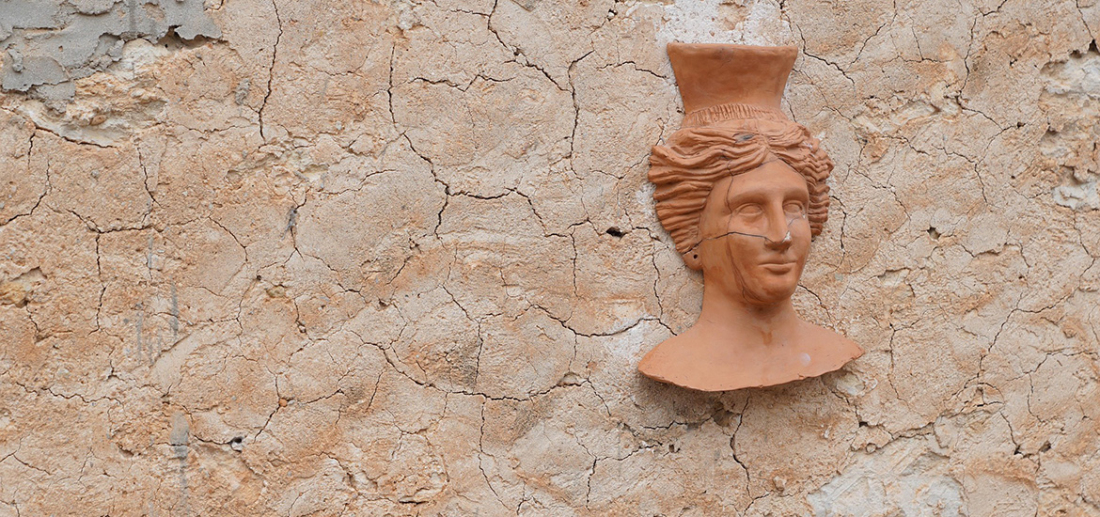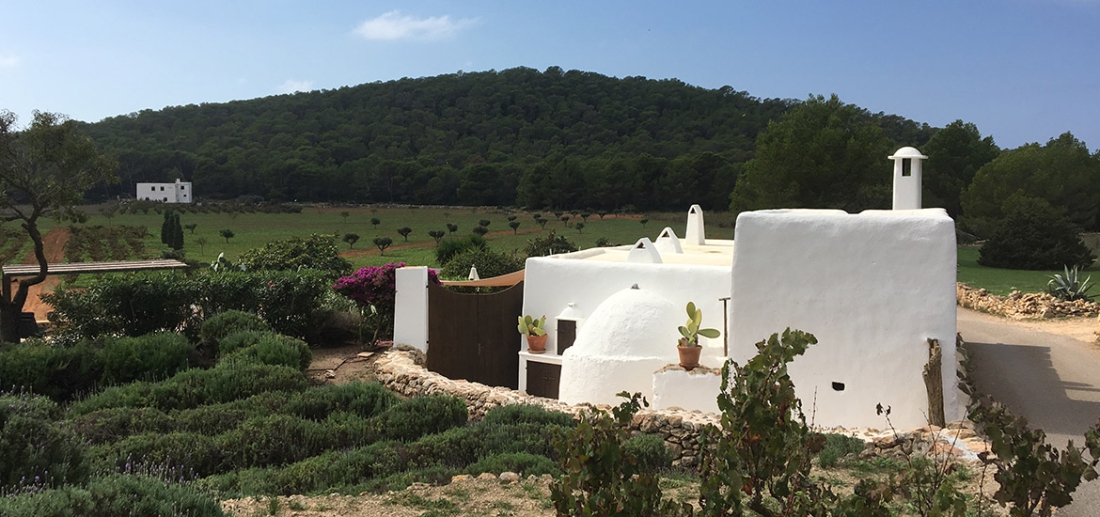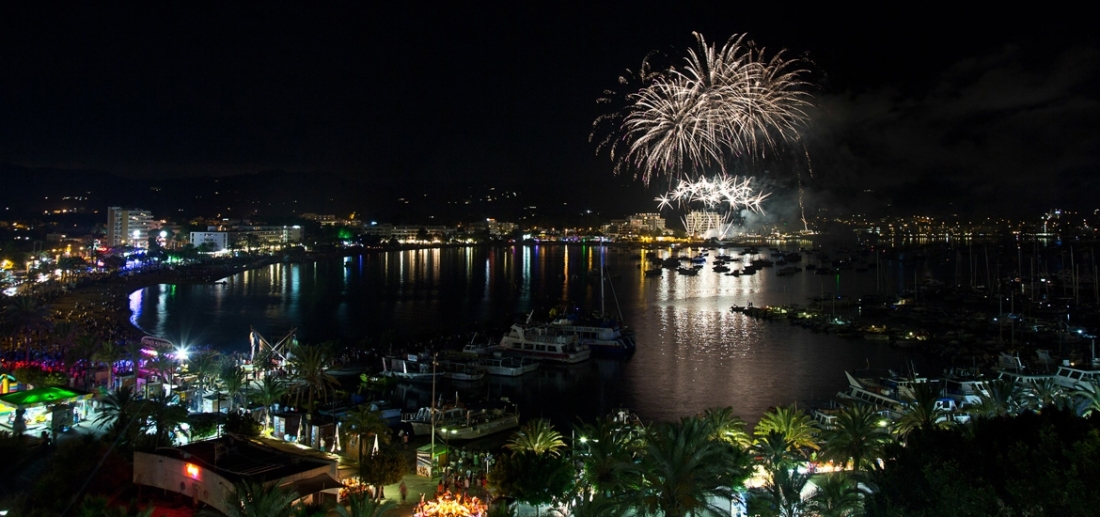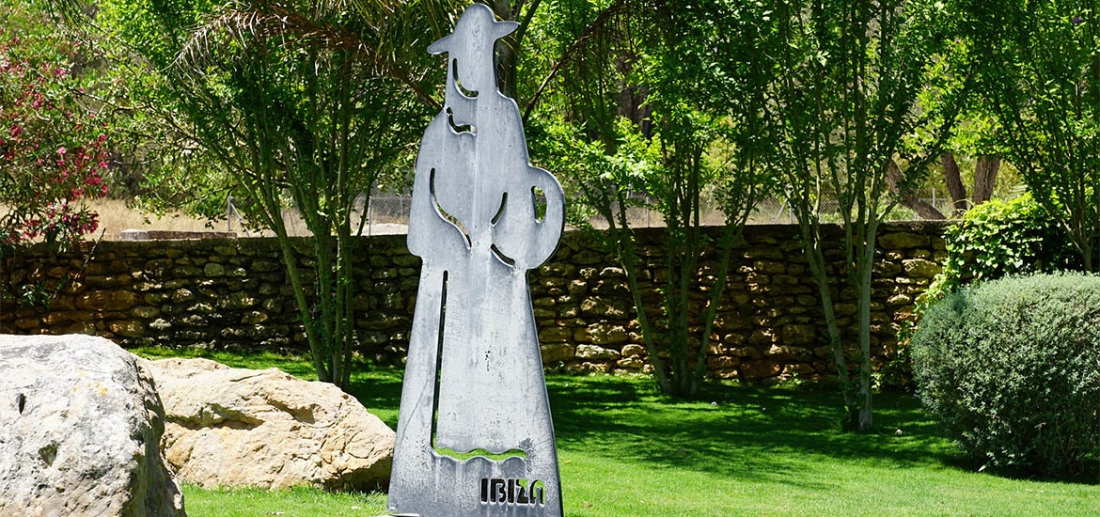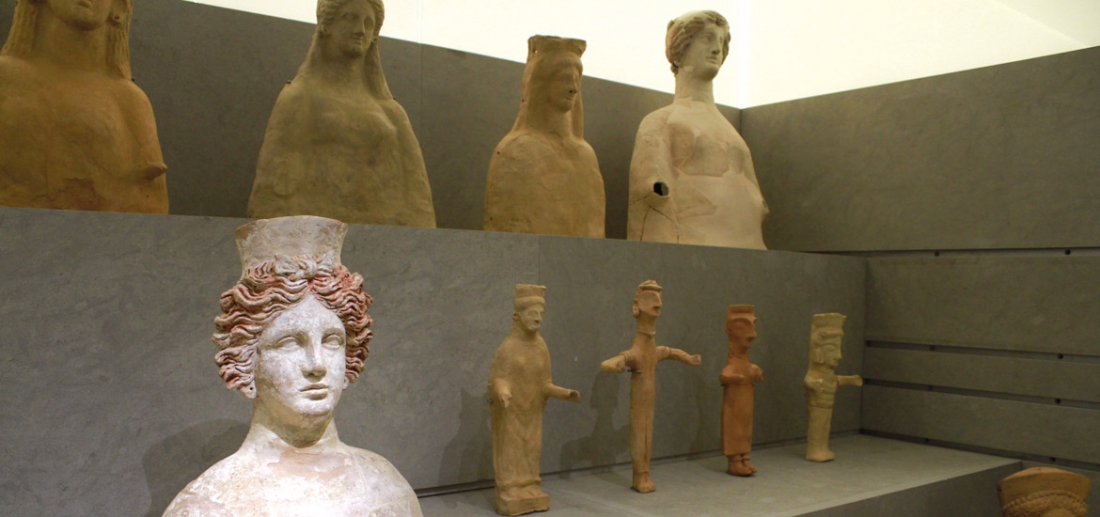When one thinks of Ibiza, they’re probably picturing beaches with crystal-clear water and an exciting nightlife, but the island also has a fascinating history written by the Phoenicians, Romans, Arabs and, after the Catalonian conquest, Catholic Christians. Today we’ll be taking a look at the island’s Phoenician heritage. This civilization thrived between the 9th and 6th centuries BC and left an indelible print on the history and landscape of Ibiza, which was known as Ibosim back then.
Destinations feel different if you’ve read books about them beforehand. That’s why we’d like to end the year with a list of books about Ibiza that we’re sure will make your next trip to the island far richer. Through the following novels, stories, biographies and chronicles, you’ll expand your view and amplify your experience with the stories lived and imagined by their authors and characters.
It wasn’t the beauty of Ibiza’s coves and beaches that made intellectuals and artists fall in love with our island between the 30s and 70s, it was the uniqueness of the island’s traditional architecture and culture. Find out what captured their hearts and the value of Ibiza’s old country houses, called the payesa houses.
All Spain is full of festivities in August. Many villages and towns in Spain celebrate their local fiestas. This is an old custom rooted in the summer harvest celebrations. Ibiza is no less with its traditional festivities in different places on the island, where they organise free concerts, folk dances, typical food tastings, craft exhibitions and many other activities.
As you stroll down the streets in Ibiza, Sant Antoni and Santa Eulària, you often spot the same names in the different towns. Today we’ll be answering a question that you may have asked at some point: “Who is it named after?” Read on to find out about several stories about Ibiza you don’t yet know.
Besides its beaches, Ibiza has a huge variety of cultural activities all year round. Its important cultural heritage is scattered across the island, so you can always combine it with other plans, like a day at the beach, a tour by car or a walk in the countryside or the capital.



